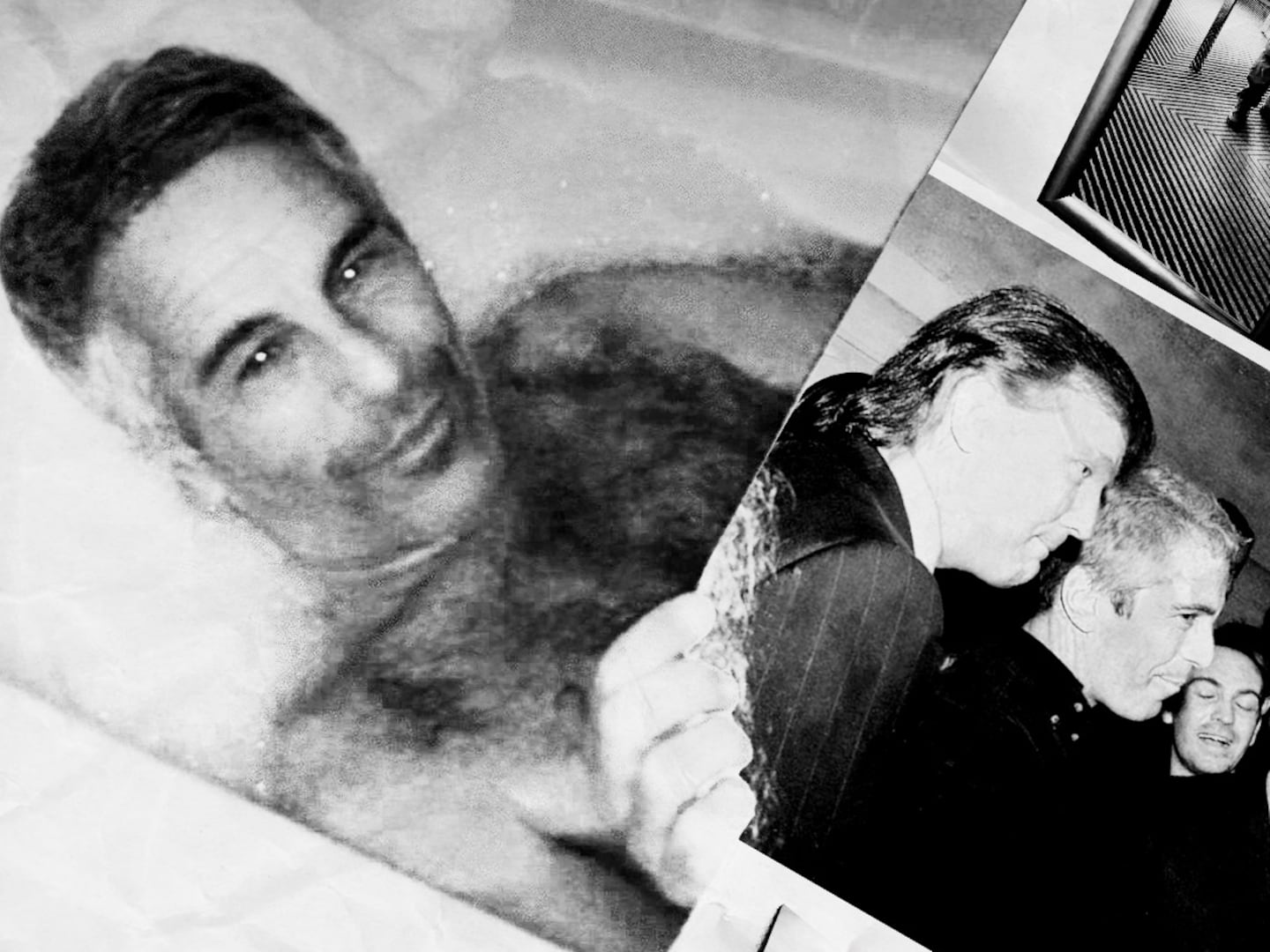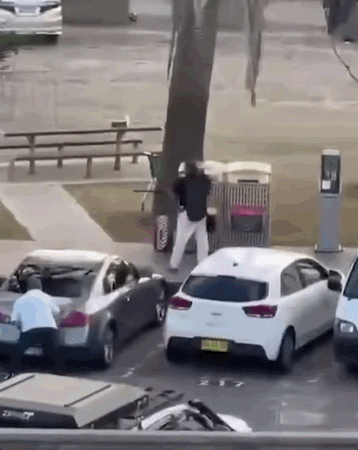A day of global terror attacks struck three continents on Friday, killing more than 60 people in France, Tunisia, and Kuwait. Some of the victims were kneeling at prayer, others were in swim trunks lying on the beach.
The head of one victim in southern France had been covered in Arabic writing and stuck on a fence outside an American-owned gas factory. A suicide bomb was then detonated at a Shia mosque in Kuwait—killing at least 25—shortly before two gunmen appeared on a packed beach in Tunisia and began firing at European tourists who were lying in the sun. At least 37 were killed in the beach massacre.
U.S. intelligence officials initially said there was no evidence that the attacks were coordinated. However, they noted that there are multiple points of inspiration for potential attacks, including a recent audio statement by ISIS spokesman Abu Muhammad al Adnani, which called on followers to strike at the group’s enemies during the month of Ramadan. The one-year anniversary of ISIS’s self-declaration of an Islamic caliphate is also approaching.
ISIS supporters celebrated what they called “Bloody Friday,” and social-media accounts associated with the so-called Islamic State claimed responsibility for the bombing in Kuwait.
Two thousand miles west of Kuwait, two men armed with Kalashnikovs opened fire on a Tunisian beach in front of a luxury resort. Instagram photos posted by a tourist on the beach in Sousse capture a chilling scene. A white-haired man in bathing trunks lay in a pool of his own blood on the sand under a beach umbrella. His arms folded under him; his black sun hat is still on his head.
RELATED: Terror Attack Aftermath (Photos)

The unnamed man is one of at least 37 tourists, including at least five Britons, Germans, and Belgians, who were gunned down in front of a row of hotels in the Tunisian resort town.
Eyewitness reports suggested that the gunmen came from a boat or jet-ski and pulled weapons from a large beach umbrella. “He was to the right of me because we were on the last sun bed on the beach. All of a sudden I got up anyway and just happened to look right and all I saw was a gun and an umbrella being dropped,” said Ellie Makin, from Yorkshire in England.
Matthew James, 30, from Cardiff, is in a hospital in critical condition with four gunshot wounds after throwing himself in front of his fiancée. “He took a bullet for me. I owe him my life because he threw himself in front of me when the shooting started. He was covered in blood from the shots but he just told me to run away,” said Sarah Wilson. “He told me: ‘I love you babe. But just go—tell our children that their daddy loves them.’”
“It was the bravest thing I've ever known. But I just had to leave him under the sun bed because the shooting just kept on coming. I ran back, past bodies on the beach to reach our hotel. It was chaos—there was a body in the hotel pool and it was just full of blood. You just can’t explain how terrible it was. It was chaos with screaming and gunshots.”
There was no immediate claim of responsibility for the attack in Tunisia, but few doubted that it was the work of a group associated with the militants, who carried out a similar soft-target attack at the Bardo Museum in Tunis in March, killing 21. And sure enough, ISIS later in the day took credit for the slaughter. Even if the number of dead stands at 37, it will be the largest loss of life due to a terror attack in Tunisia’s recent history.
Shortly before the massacre in Tunisia, a French worker was decapitated in a small town outside Lyon by a known radical. Two flags believed to be Islamist were found near the victim’s head, which was placed on a gate at the American gas facility. Several other employees were injured in the attack, during which witnesses also reported hearing explosions as the attacker drove his truck into a chemical store.
Paris prosecutor Francois Molins said Friday that local firemen arrived at the Air Products factory five minutes after the first explosion and surprised the suspect as he was opening bottles of acetone. He managed to flee the scene.
“We heard the noise—everybody did,” a woman who identified herself as Sylvie at Axel Sarl told The Daily Beast. “We know people at Air Products. We’re all in shock. Some [employees] went home because they were so scared. Even as I speak to you I can’t even believe it happened.”
Interior Minister Cazeneuve named the attacker as Yassin Salhi, 35, who was later arrested along with his wife, his sister, and one other suspect. His victim was the 50-year-old head of the transport company where Salhi worked.
Before the arrests, his wife answered the phone to a local radio station in a state of panic. “I have no idea what’s happened, has he been arrested?” she asked Europe 1. “My step-sister told me to look at the TV and see the news and she was crying.”
“I know my husband,” she said. “We have a normal family life. He goes to work and comes home. We are normal Muslims. We do Ramadan. We have three children and a normal family life.”
An ISIS-affiliated group in Saudi Arabia, called Najd Province, said the bomber in Kuwait was named Abu-Suleiman Al-Mowahhed. He struck during morning prayers at a Shia mosque in the capital, Kuwait City. Kuwaiti officials said at least 25 people were killed and more than 200 were treated for injuries.
Representative Adam Schiff, the top Democrat on the House Intelligence Committee, said the attacks “highlight the security challenges we face from ISIS and their followers around the world.”
“While we are still waiting for more information on whether there were any links or coordination in the timing of the attacks,” he said, “it is clear that ISIS’s ability to inspire and radicalize followers is a global threat and no nation is beyond its insidious reach.”
The three attacks demonstrate the different threats posed by Islamists all over the world. While the Kuwait bomb targeted members of the Shia sect, who are seen as heretics by the hardline Sunnis in ISIS and al Qaeda, the attacks in Tunisia and France were designed to terrify the West.
What makes the Tunisian attacks most poignant is that Tunisia is largely seen as the success story of the Middle East. It is the country where the Arab Spring violence began in December 2010, when protesters demanded an end to corruption, overturned the government and turned the country around. Or so they thought. It had since returned to being a popular destination for Europeans seeking both cultural and seaside sojourns. Two major terror attacks in one year will undoubtedly be bad for the country’s recovery.
The victims were guests at at least two luxury beachfront hotels. One, the Imperial Marhaba, is a five-star hotel that promised a safe and secure stay, trying to lure tourists back to Tunisia after the March attacks with promises of added security and touting its seclusion as a major safety feature. The other hotel, Port el Kantaoui, is a world-renowned golf hotel that lures many Western tourists each year. Neither hotel would comment on whether or not it had added extra security since the Bardo attacks.
Tunisian security officials told The Daily Beast they suspect a gunman, who was shot dead near the beach, was a member of Ansar al-Sharia and came from the city of Kairouan in central Tunisia. He is believed to be a student.
Kairouan, a major seat of Sunni learning, has long had a Salafi jihadist history and is a hotbed for Ansar al-Sharia activists. An annual gathering of the group planned in 2013 in the city was banned by the government, prompting a series of threats. The group enjoys strong operational ties with ISIS although its leader, Abu Iyad al Tunisi, has not sworn allegiance to ISIS.
This month, he called on all jihadist factions to reconcile, hailing ISIS victories in the Levant and saying the time had come for rival al Qaeda to reconcile itself to ISIS. Abu Iyad said he considers ISIS and all the jihadi factions to be his “brothers.”
Hundreds of Ansar al-Sharia members who volunteered to fight in Syria joined ISIS. Others went to Libya to enlist with Libya’s Ansar al-Sharia, which is fighting alongside ISIS members in Benghazi.
Tunisian security officials also say they believe the gunman—they declined to name him—trained in Libya. The shooters at the Bardo museum in March had also recently been in eastern Libya and trained with ISIS’s affiliate.
Tunisia has contributed more jihadist fighters per capita to the conflict in Syria than anywhere else, with authorities estimating that at least 3,000 Tunisians have joined either the Islamic State or al Qaeda affiliate Jabhat al-Nusra. Five hundred are believed to have returned to Tunisia in recent months.









